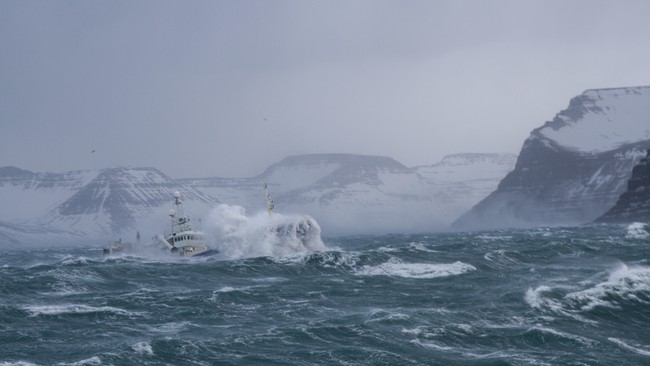There is no current production of hydrogen but there are plans to install a 1-2 MW electrolyser in the next 2-4 years.
There are no current usages of hydrogen now but there are plans for implementing H2 fuel-cells in several small fishing boats in the next 24 months. These boats are used for the summertime (April-sept) and use approximately 10 kg of hydrogen per day. There are also plans to start using H2 trucks to transport fish products from the Westfjords to the capital region where it is exported. IT is estimated that about 25-40 kg of H2 is need for the trip of each truck.
a. Refueling stations
b. Hydrogen production facilities (e.g., electrolyzers)
c. Hydrogen pipelines
g. Other- Please Specify Below
There is no current infrastructure for hydrogen but there are plans to setup a refuelling station for boats and trucks, storages, and production for hydrogen in the next 5 years.
a. Transportation
b. Industry
d. Other- please specify below
H2 fuel-cells as a back up generators.
Feed barges for fish farming
The economy of the Westfjords of Iceland is driven by fisheries and fish farming activities. Iceland biggest fish farming companies are operating in the municipalities as well as large seafood companies and variety of smaller seafood companies and technical support companies.
As we know, the maritime industry is driven by fossil fuel and to reach ambitious goal of reducing GHS we must start implementing alternative fuel. Due to variety of maritime users in the Westfjords of Iceland and widespread willingness to participate in the energy transition, Westfjords of Iceland is an optimal place to test, develop and scale up alternative fuel in the maritime industry.
The municipalities in the region have start to prepare and have formed an energy transition alliance with the local university, local college, and the local energy company. This alliance will focus on training, testing, and implementing the usages of green energy such as hydrogen in maritime applications and road transport.
Westfjords community is willing to lead the energy transition in the maritime sector and is open to international collaboration.
